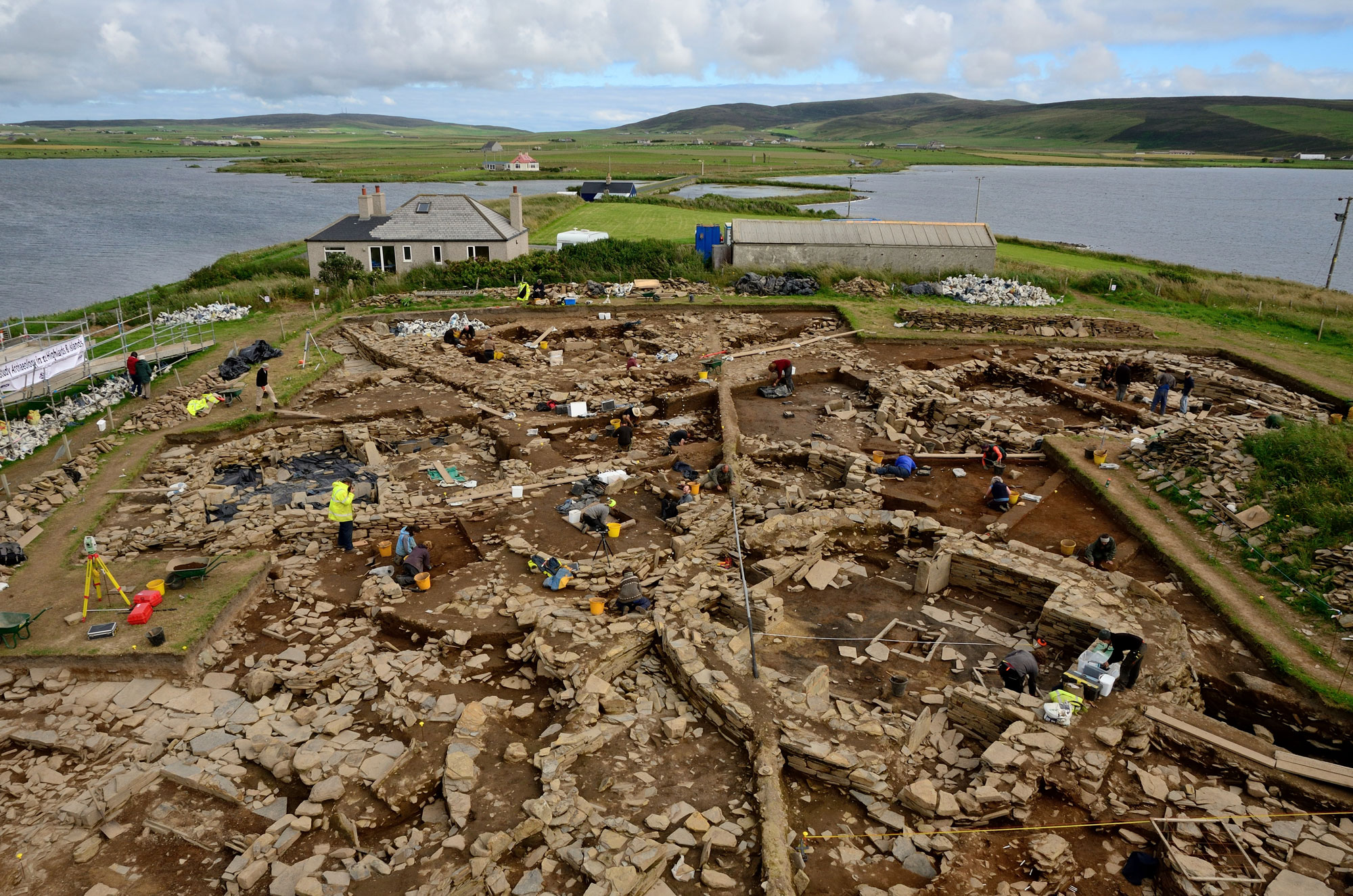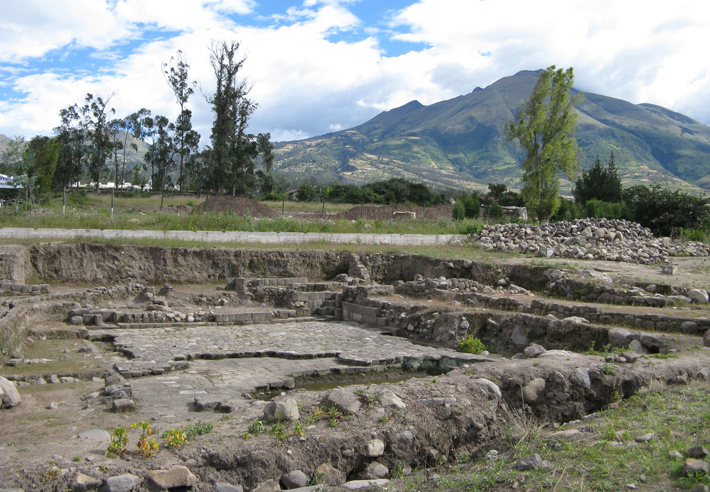
TAMPA, FLORIDA—Budget cuts at the University of Miami will lead to the closing of Little Salt Spring, a microbe-free sinkhole located on the west coast of the state. Ancient tools and weapons made of wood and bone, including a 10,000-year-old deer antler incised with 28 parallel marks, have been found in the spring. Such rare artifacts offer an opportunity to study the earliest human occupation of Florida. “There are all kinds of possibilities of what people were doing there. They were using it as a freshwater source, and also possibly as some sort of trap. They were driving animals like deer over a blind and into the water, drowning them and pulling them out,” said archaeologist John A. Gifford, who began studying Little Salt Spring in 1983.









